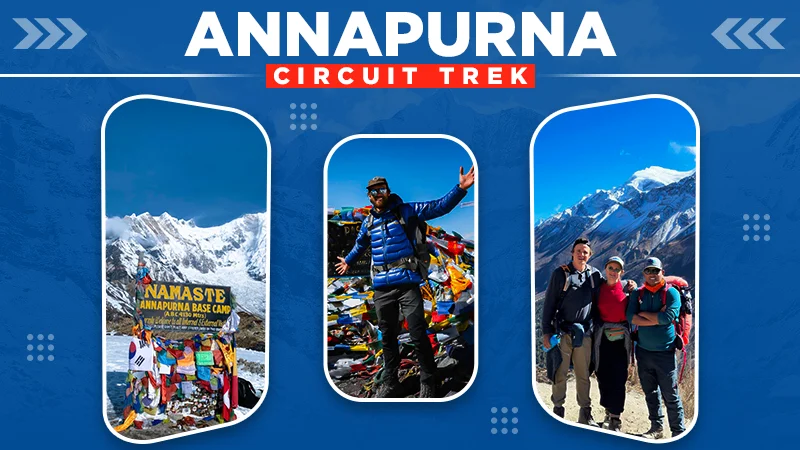
Deep inside the Nepal Himalayas is an adventurous trek called the Annapurna Circuit. An adventurous path that allows explorers to cross many types of terrains, from green vegetation to dry landscapes, whilst being treated to an impressive view of high mountains.
This is a great trek in all facets and as you go along the trail, with each mile covered, there is a new wonder to behold in terms of nature and the people.
Specifically, The Annapurna Circuit is a physical challenge but it is more than that – it is a journey that purges and uplifts the spirit.
With so much in mind, the purpose of this essay will be to omit the routine discussions about the possibility of trekking the Annapurna Circuit. And, instead highlight all the physical effort, interactions of the culture, and the changes that tenting out within this trek creates in people.
Meanwhile, buckle up and prepare yourselves as we seek answers to the questions ‘What makes this difficult but awe-inspiring cross the Himalayas?
The Unique Appeal of the Annapurna Circuit
The Annapurna Circuit is a trekking hunk of heaven – popular for its rich natural endowment as well as cultural blend.
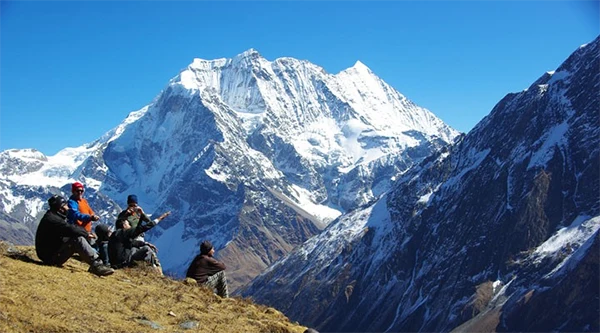
1. Diverse Landscapes
Trackers can have an amazing experience amidst a different landscape on the Annapurna Circuit.
Starting with green forests to the high and dry hill, your eyes will be blessed with a magnificent landscape of rivers, waterfalls, and snow-covered mountains bringing a breathtaking experience to every inch of the venture.
2. Cultural Richness
Among the many attractions that this mountain offers the visitors or trekkers are the culture and history of the various communities along the route.
3. Breathtaking Views
The Annapurna Mountains are beatified with outstanding views as with nearly every step-up you can view over 43 Mountains which belong to Annapurna, Dhaulagiri, and Manaslu.
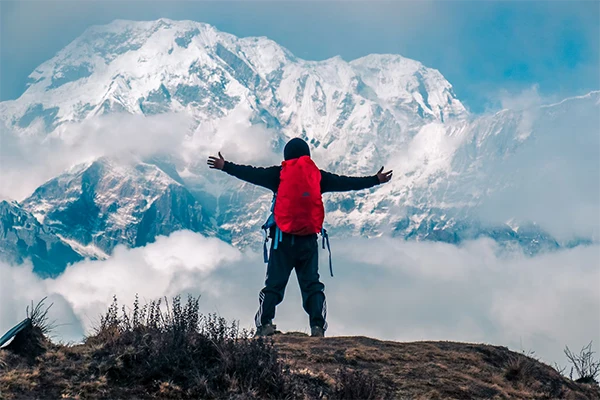
The Physical and Mental Challenge
I would start by saying “No trek is easy unless you complete it”, and to achieve that one requires fitness “both mental and physical”.
1. Altitude and Acclimatization
Altitude is one of the major factors contributing to high altitude problems of the Annapurna complex circuit trek, which is the different levels of altitude should be taken care of, as high altitude trekking conditions provide so many formidable barriers to the trekkers.
As you go higher, so does the amount of oxygen that is available so that at some point along the trek, the amount of oxygen will be cut off and the probability of developing altitude sickness will become quite rampant.
2. Physical Endurance
The trek requires you to walk for a minimum of 6 to 8 hours ‘Every day’, and the crazy fact – is it takes around 14 to 21 days to complete (around 2 to 3 weeks), so just imagine how miles you gonna walk on this journey, so get ready to get tested your physical endurance and strength.
3. Mental Resilience
Physical endurance is indeed a necessity but the trek to Annapurna Circuit demands mental resilience too.
You will be walking miles and miles in an unfamiliar environment, you may also miss your family who is not with you, and you may feel so tired and in pain, that’ll force you to give up.
See, that’s why, you surely need to be mentally strong too.
Highlights of the Annapurna Circuit Trek
When walking on Annapurna Circuit Trek, don’t miss out on exploring the stunning highlights that you will surely add to your list of unforgettable experiences.
Such as;
1. Thorong La Pass (5,416m)
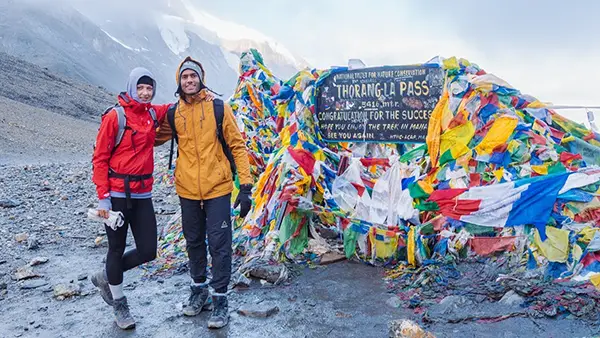
It is one of the highest points of Annapurna which you may have to maneuver and provides indelible views of the surrounding Nepal Himalayas.
2. Manang Village
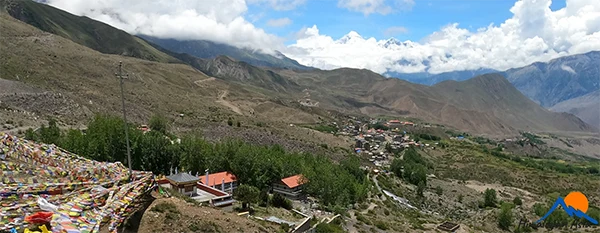
Manang is an eloquent colorful village located on a higher elevation and allows visitors an in-depth understanding of the people and their customs of the Himalayas’ beautiful landscapes from their beautiful houses.
3. Muktinath Temple

Muktinath temple, worshipped both by Hindus and Buddhists, is known as one of the oldest places of pilgrimage due to its culture and tradition and therefore should be visited along with the trek
4. Kali Gandaki Gorge
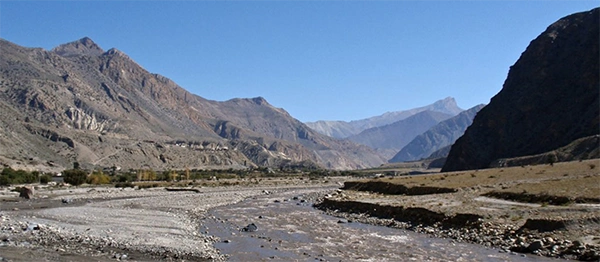
The gorge is referred to as the deepest Gorge in the whole planet. High walls of Kali Gandaki Gorge and a river coursing through Kali Gandaki basin make the sceneries very alluring for hikers.
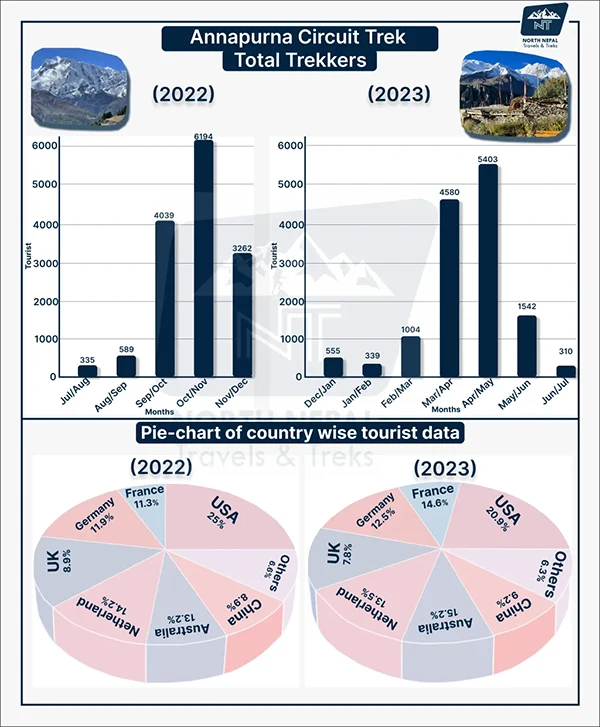
Preparing for the Annapurna Circuit
Annapurna Circuit Trek is undoubtedly one of the most beautiful treks on this planet Earth.
It circles around a 128-mile horseshoe-shaped route all around the mighty Annapurna Mountain Range.
‘GOSH’, imagine a portion of the preparation you will need – we advise that you start to train at least three months before your trek – good for your legs.
1. Physical Training
Want to complete the epic Annapurna Circuit trek?, then take the time to work on your physical strength and endurance.
Start doing regular cardiovascular activities like running, swimming, or cycling and you will see a very healthy score in your stamina.
2. Gear and Equipment
Another prominent task is packing the right gear that aligns with your comfort and that ensures your journey goes safely, such as you can invest in sturdy hiking boots that not only support your ankle but feature waterproof.
In addition, pack warm clothes with layers, waterproof jackets and pants, and other necessities in varying weather conditions; high-quality sleeping bags and trekking poles are also paramount for staying warm at night and reducing strain on your knees, simultaneously.
3. Trekking Permits
The trekking permits that you need for doing this trek are two; Trekkers Information Management System (TIMs), and Annapurna Conservation Area Permit (ACAP). These are permits you need to obtain at checkpoints during your trek.
TIMS is a permit that is compulsory for all trekkers who are planning to go to any trekking region in Nepal, costing NPR 1,000 (~$8 USD) for group trekkers.
On the other hand, ACAP is a permit that is mandatory for all trekkers who are planning to trek in the Annapurna Conservation Area, costing NPR 3,000 (~$23 USD) per person.
So, get it first!!
4. Weather Considerations
The weather in the Annapurna region can be unpredictable so it is recommended to conduct an analysis and put procedures in place that account for such instances.
During March to May, and September to November where one might wish to go trekking since the water is usually more consistent.
Conclusion: A Challenge Worth Every Step
In wrapping this guide to Annapurna Circuit Trek, it is obvious that this is not the track alone – a journey that is energetic and brings together the beauty of nature and culture.
Every step that you take explains why this adventure is indeed fulfilling and transforming.
Although it is rather tough, the circuit provides different experiences when it comes to the scenery and the people that lighten your stress.
This journey says a lot about how powerful an individual can be and the beauty that exists on this earth.









